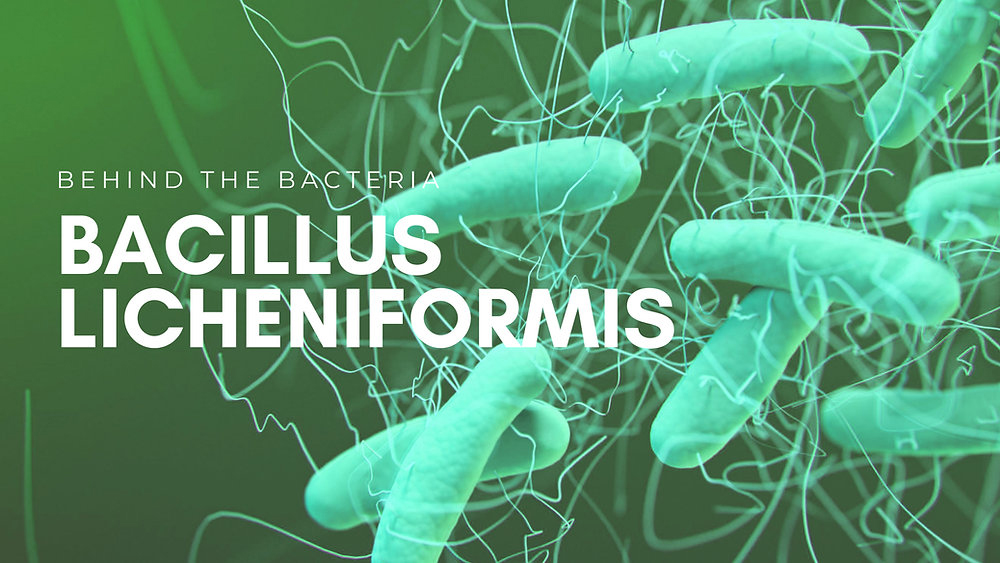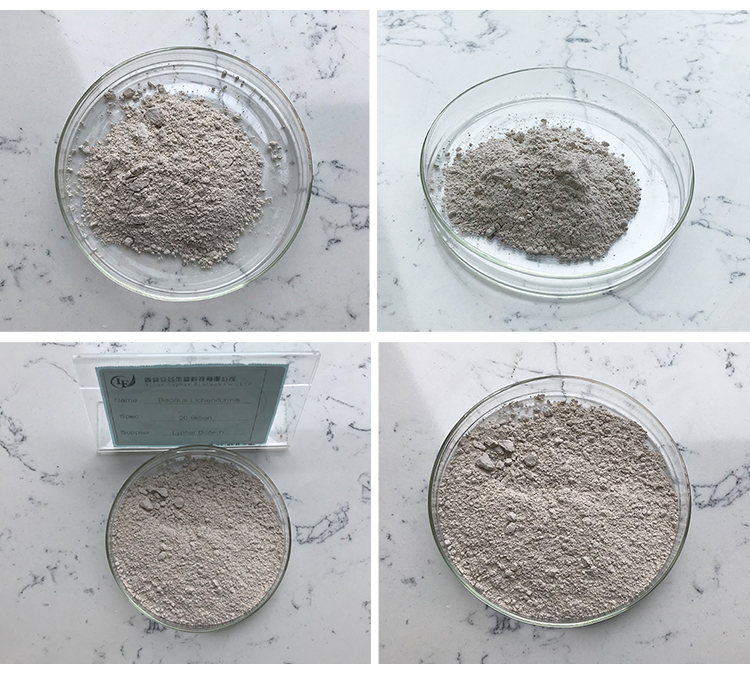Bacillus licheniformis and Bifidobacterium are both bacteria, but they have distinct characteristics, functions, and applications. Here’s a comparison:
1. Classification & Structure:
Bacillus licheniformis: A gram-positive, rod-shaped, spore-forming bacterium found in soil and decomposing organic material.
Bifidobacterium: A gram-positive, branched rod-shaped, non-spore-forming bacterium found in the gut microbiota of humans and animals.

2. Habitat & Role in Health:
- Found in soil, water, and plant matter.
- Used in industrial applications, including enzyme production (proteases, amylases).
- Can produce antibiotics like bacitracin.
- Some strains are probiotic but less common in human gut microbiota.
Bifidobacterium:
- Naturally found in the human gut, especially in infants.
- Plays a key role in digestion, immune support, and gut health.
- Commonly used as a probiotic to support gut microbiota.
3. Spore Formation:
Bacillus licheniformis: Forms endospores, allowing it to survive harsh environments.
Bifidobacterium: Does not form spores; requires specific conditions to grow and survive.
4. Industrial & Medical Applications:
Bacillus licheniformis:
- Used in biotechnology for enzyme production (detergents, food processing).
- Produces antimicrobial compounds.
- Can act as a probiotic in agriculture and some animal feed.
Bifidobacterium:
- Commonly used in probiotic supplements and fermented foods.
- Supports gut health, digestion, and immune function.

5. Pathogenicity & Safety:
Bacillus licheniformis: Generally safe but may act as an opportunistic pathogen in immunocompromised individuals.
Bifidobacterium: Generally recognized as safe (GRAS) and beneficial for human health.
Conclusion:
Bacillus licheniformis is more associated with industrial applications, enzyme production, and soil ecosystems.
Bifidobacterium is a key probiotic species essential for gut health and digestion.
Would you like a more detailed breakdown of a specific aspect?
